1) The species that produces the molecular ion peak in the mass spectrum of the compound below.
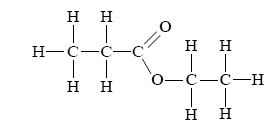

Solution

2) The following chromatogram was produced when 0.1 μg of decane was passed through a gas chromatography column.
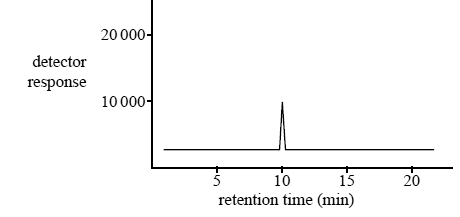
The chromatogram produced when 0.2 μg of decane is passed through the same column under identical conditions is best represented by
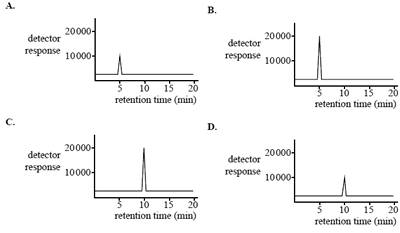
Solution

3) An organic chemist found a bottle in the laboratory that was labelled ‘organic cleaning fl uid, C3H8O’. She decided to
test the liquid. The chemist obtained the following data about the compound in the cleaning fl uid: the 1H NMR and 13C NMR spectra, and the infrared spectrum. The 1H NMR data is summarised in the table below.

a) How many different carbon environments are present in the compound?
Solution

b) How many different hydrogen environments are present in the compound?
Solution
c) In the 1H NMR spectrum, the signal at 3.6 ppm is split into a septet (7 peaks). What is the number of equivalent protons that are bonded to the adjacent carbon atom(s)?
Solution
d)) Using the Infrared absorption data on page 7 of the Data Book, identify the atoms that are associated with the
absorption labelled A on the infrared spectrum below.
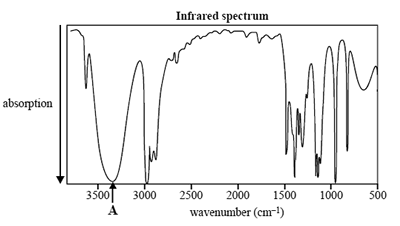
Solution

e) Draw a structure of the compound in the cleaning fluid that is consistent with the NMR and IR data.
Solution

4) The iron content in multivitamin tablets was determined using atomic absorption spectroscopy. The absorbances of four standards were measured. Three multivitamin tablets were selected. Each tablet was dissolved in 100.0 mL of water. The absorbance of each of the three solutions was then measured.
The following absorbances were obtained.

a) Use the grid below to construct a calibration graph of the absorbances of the standard solutions.
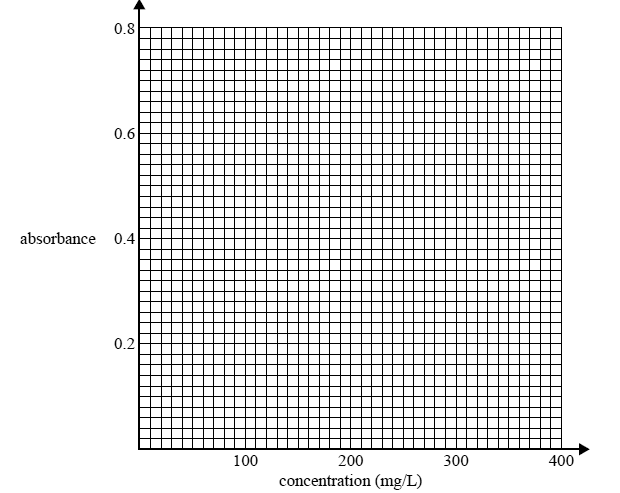
b) Determine the average iron content, in milligrams, of the multivitamin tablets.
Solution

c) Spectroscopic techniques work on the principle that, under certain conditions, atoms, molecules or ions will interact with electromagnetic radiation. The type of interaction depends on the wavelength of the electromagnetic radiation.
Name one spectroscopic technique that you have studied this year.
Solution
d)Which part of the electromagnetic spectrum does this technique use?
Solution
e) How does this part of the electromagnetic spectrum interact with matter? What information does this spectroscopic technique provide?
Solution